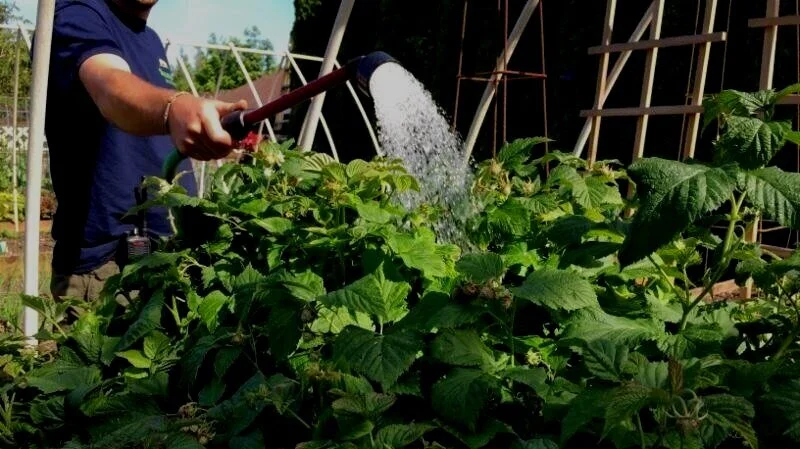Recently, I was browsing through my past columns looking for ideas when I came across my very first monthly check list, written in June 2001, 20 years ago. I have spilled a lot of ink since then, but the idea of a list of chores for every month of the year still seems useful. That being said, here are some thoughts to ponder…
WATERING: It is time to get serious about watering our gardens. Learn to recognize when your plants need a drink and water them! You can do this by watching for droopy leaves and inserting your fingers into the soil roughly 2” deep to see if the soil is dry or not. Don’t water just because the surface looks dry. In July I will dedicate a whole column to watering.
LAWNS: Lawns can start looking stressed by June, so fertilize them and keep them hydrated. The two biggest mistakes homeowners make on their lawns is to mow them too short, which causes more weeds to encroach, and to let them get too tall between mowings. The best height is 2 to 3 inches tall, the higher (as long as you can stand it) the better. Never remove more than one third of the leaf blade at a time. So, if you maintain your lawn at 2 inches tall, don’t let it get taller than 3 inches between mowings.
PRUNE AFTER BLOOM: Any plant that blooms in the spring will benefit from a pruning this time of year. Rhododendrons, winter blooming heather, early spring blooming perennials and deciduous shrubs like forsythia, spiraea, weigela and lilacs should all be trimmed back now.
PERENNIALS: June is a great month to plant perennials. We carry four times as many summer blooming perennials as we do spring or fall blooming perennials. If you already have some summer bloomers in your garden beds, then you might need to be staking them about now. Fall bloomers, like asters and mums, should be cut back half way to encourage branching and more flowers. Keep an inch of mulch over the soil to conserve moisture and prevent weed growth.
ROSES: By now your roses should be coming into full bloom. Once they have finished this first flush of color, you will need to feed them again. When removing old flowers, go down the stem until you find a leaf with five leaflets that is attached to the outside of the stem. Cut just above that point and you will get another bloom cycle about six to eight weeks later.
VEGETABLES: This is really the month to plant tomatoes, cucumbers, beans, and all the summer heat lovers. For a bountiful harvest, be sure to keep them well fed.
FRUIT TREES: June is the month for fruit development. Apply some lime around the base of your trees and a fertilizer. Keep at least a three-foot diameter circle free of lawn under your trees. Watch for tent caterpillars in apples and pear slugs in cherries and pears. Thin fruit on apples, pears, plums and peach trees so they will size up better. Water deeply and infrequently.
WEEDS: The simplest way to control weeds in beds is to keep the soil covered with a one-inch layer of mulch. Compost works best in flower beds and bark or arbor chips do a nice job for shrub and tree plantings.
Well, that should keep you busy for most of the month. If you do have any free time left, you really should visit your favorite garden center because you will be flabbergasted at the selection of summer blooming plants ready for you to plunge into those blank spots in your garden. Enjoy the summer, don’t forget to water, and keep on gardening!



